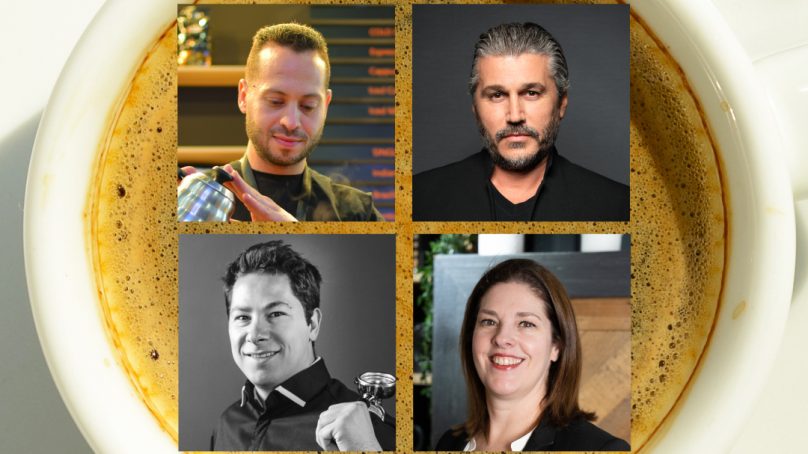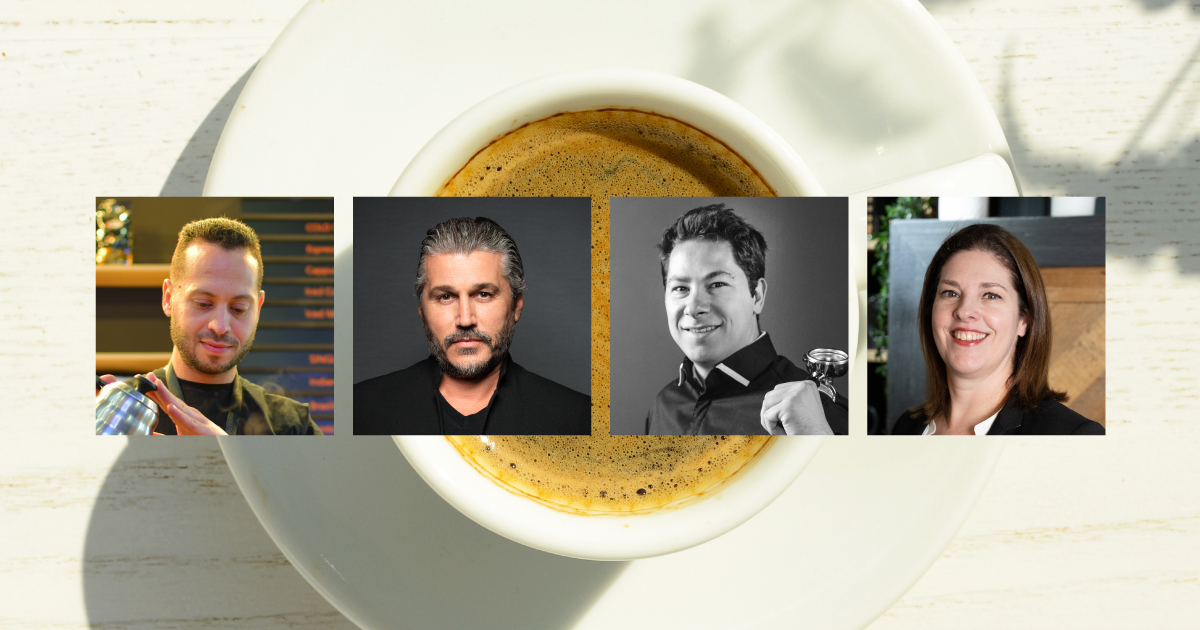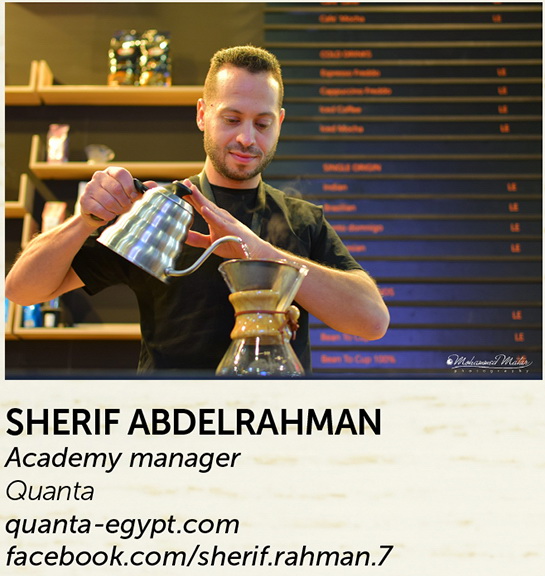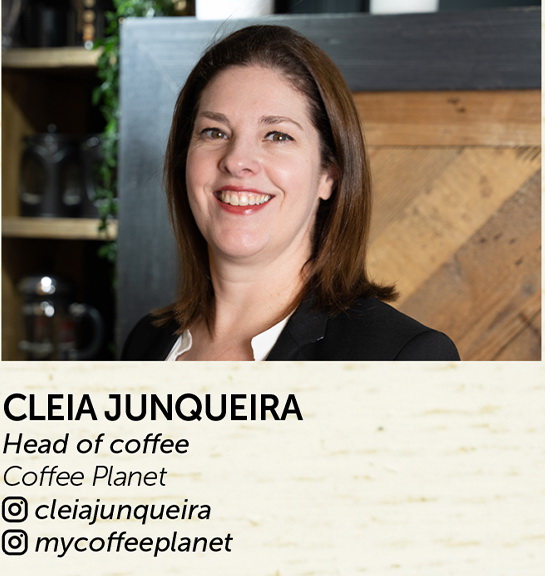


Role of a coffee sommelier
Most sommeliers use the cupping process to taste, evaluate and score their coffees: in some cases, as many as hundreds a day! Sommeliers may not come face to face with customers every day, but they are still there to help serve, sell and communicate the message of coffee, which has traveled across the world.
What makes a great barista?
Generally, baristas working in coffee shops or coffee bars and operate commercial espresso machines. While their job may sound simple, commercial espresso machines range in levels of difficulty; some are manual and require immense skill training.
A good barista will have a strong memory and remember recipes for popular drinks. A great barista is the one who forges a relationship with their customer, so that they become a regular client.
Most importantly, a genuine smile goes along way in the world of coffee.
Milk alternatives
Milk alternatives are very popular these days. Almond milk is at the top of the list, especially in my native Egypt, followed by oat milk.
When selecting which milk alternatives to offer, coffee-shop owners need to keep an open mind and go with what people prefer. As long as the non-dairy product acts in a similar way to its cow’s milk counterpart, it should work well in all items on the menu.
Consumers tend to choose to drink milk alternatives primarily for their taste, followed by health reasons and sustainability concerns.
Some homegrown brands have entered the milk-alternative market or are looking to do so with offerings that try to replicate the properties of cow’s milk as closely as possible.

The difference between a coffee sommelier and barista
A coffee sommelier must earn their title by completing courses and gaining certifications. They are more knowledgeable about the coffee beans; it is not mandatory for them to have the technical skills to prepare a cup of coffee. In contrast, baristas are more into the technical side of things, utilizing coffee machines to prepare coffee for customers. However, nowadays, the level worldwide is becoming very advanced, with some baristas earning the title of “coffee sommelier.”
Specialty coffee
Specialty coffee is on the rise. Covid-19 was one of the main factors behind a growing number of coffee consumers brewing their own coffee at home. As they gained knowledge in single origins, the market began to show signs of growth.
When it comes to coffee, consumers always follow a pattern, and social media plays a huge role in promoting trends, as we have seen with specialty coffee.
Favorite products
I don’t have any preferences when it comes to coffee machines. Each piece of equipment or tool aids the coffee-making process. You just need to choose the right beans and the best method to make the most out of them.
My coffee machine of choice is the espresso machine. I prefer a dual-boiler system and a PID temperature controller.

In vogue
Instagrammable items have become a firm fixture on coffee-shop menus everywhere. Consumers are looking for an experience that goes beyond taste to include the visual aspect and presentation of what they order.
Nowadays, consumers are more educated when it comes to coffee. With black coffee being the most consumed kind in the world, true coffee italics are looking to enjoy the full flavor of their coffee without any additives, such as milk, cream or flavors.
Preferred products
Lately, I’ve been using a cezve/ibrik to brew coffee. Brewing high-quality single origin beans using this traditional method never fails to deliver a great result. I recommend others to give it a go.
Espresso machines
You can’t go wrong with a good espresso machine with temperature and pressure controls. It is a versatile piece of equipment that allows me to experiment with innumerable recipes and get the best out of the beans I’m using. So even at work, I can play and have fun!

Sustainability
The word on everyone’s lips is “sustainability.” Indeed, sustainability lies at the heart of what we do at Coffee Planet, and we are always looking for ways to support the environmental effort, such as compostable or recyclable packaging. We work with companies who take sustainable actions toward a better environment, such as the Bean and Beyond Project which collects our coffee rusk and grounds and uses them in the harvesting of mushrooms. After the valorization of single origins over the years, the infinite possibilities of a blend are back, with more transparency than ever. The Fine Robustas are finding their place in the market because of climate change and the reduction of arabica. Some coffee roasters have been using it as single origin.
Machine lust
Coffee is a cultural beverage, and preferences vary depending on location. Similarly, you will find different equipment used in different parts of the world. Here, in the UAE, the market leaders are V60, Chemex and AeroPress.
When I’m making espresso, the Victoria Arduino Black Eagle never lets me down.
For a brew, I use the Moccamaster, while at home, my favorite is the V60.
Brazilian coffee
I love creating blends, because I have the flexibility to use different origins, processes and/or variations. Coffees from Brazil are an excellent base for starting a blend. They are sweet, smooth and well balanced.














